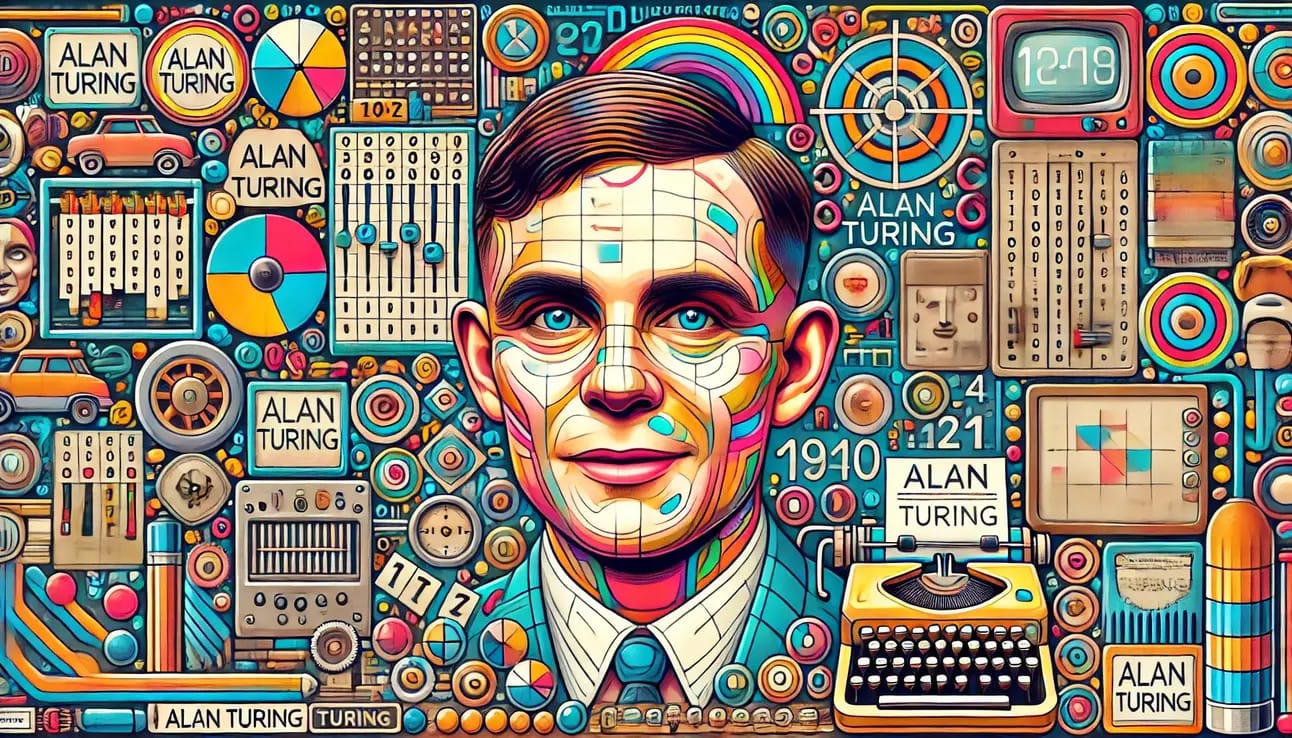- TransAI
- Posts
- From Chess Engines to Generative AI: Tracing the Evolution of Machine Intelligence
From Chess Engines to Generative AI: Tracing the Evolution of Machine Intelligence
A Brief History of Chess AI: Foundations of Modern Generative AI
The journey of artificial intelligence (AI) is a story of incremental progress built upon monumental milestones. Chess, often referred to as the "Drosophila of AI," has served as a testing ground for the evolution of machine intelligence. From theoretical foundations to the rise of neural networks, the development of chess engines mirrors the trajectory of modern AI, including generative models and deep learning systems. This article examines key milestones in chess AI history and their connection to today’s advancements in machine learning.
1951: Alan Turing’s Theoretical Foundations

The genesis of chess AI can be traced to 1951, when Alan Turing, the father of modern computing, designed the first theoretical chess program. While it was never implemented on a computer, Turing’s work demonstrated that machines could be programmed to solve complex problems. His program, based on minimax algorithms, became the blueprint for future chess engines and heralded the idea of machines making decisions.
1989: Kasparov vs. Deep Thought
By 1989, chess AI had advanced significantly with the development of IBM’s Deep Thought, capable of analyzing over 700,000 positions per second. However, the reigning chess world champion, Garry Kasparov, soundly defeated the machine, demonstrating the limitations of early brute-force approaches. This match emphasized the need for more nuanced AI systems capable of strategic thinking, laying the groundwork for future breakthroughs.
1996-1997: Deep Blue’s Ascendancy
The mid-1990s marked a turning point. In 1996, IBM’s Deep Blue faced Kasparov in a six-game match. Kasparov won 4–2, but the match highlighted Deep Blue’s potential. A year later, an upgraded version of Deep Blue made history by defeating Kasparov 3.5–2.5, becoming the first AI to triumph over a reigning world champion in a formal match. With its ability to analyze 200 million positions per second and employ advanced evaluation functions, Deep Blue showcased the power of specialized computational hardware and refined algorithms.
2017: AlphaZero Redefines the Paradigm
Fast forward to 2017, when DeepMind introduced AlphaZero, a neural network-based AI system that revolutionized chess computing. Unlike its predecessors, AlphaZero learned to play chess from scratch through self-play, without relying on pre-existing human games. In a groundbreaking series of matches, AlphaZero defeated Stockfish—one of the strongest traditional chess engines—28–0, with 72 draws. This achievement underscored the efficacy of reinforcement learning and deep neural networks, techniques that are now central to modern AI.
2019: Leela Chess Zero and the Power of Open-Source AI
In 2019, Leela Chess Zero (LCZero), an open-source neural network-based chess engine, demonstrated the accessibility of cutting-edge AI. Leela defeated Stockfish in a 100-game match to win the Top Chess Engine Championship season 15 title. This marked a shift in AI development, emphasizing community-driven innovation and collaborative learning—a hallmark of today’s generative AI ecosystem.
Present Day: The Chess AI Frontier
Modern chess AI engines, such as Stockfish 15 and advanced versions of Leela, operate at FIDE ratings exceeding 3,400, far surpassing human grandmasters. These systems use deep learning to analyze millions of games and generate novel strategies. Techniques like Monte Carlo Tree Search (MCTS), combined with neural networks, enable engines to evaluate positions with unprecedented precision.
Connecting Chess AI to Generative AI
The progression from early chess engines to modern generative AI illustrates a continuum of computational innovation. Chess engines like Turing’s theoretical model and Deep Blue relied on deterministic algorithms to evaluate positions. In contrast, systems like AlphaZero employ probabilistic models and neural networks, capable of abstract reasoning and pattern recognition.
These advances parallel the evolution of generative AI. Language models such as GPT learn from vast datasets, much like modern chess engines learn from millions of games. The predictive capabilities of these systems, whether generating human-like text or strategizing in chess, stem from the same core principles: pattern analysis, optimization, and iterative improvement.
The history of chess AI is more than a chronicle of machines mastering a game—it is a narrative of humanity’s pursuit of intelligence. From Turing’s theoretical program to the dominance of neural network-based engines, each milestone has contributed to the development of AI systems that are reshaping industries, science, and art. The journey that began with a chessboard has expanded to realms beyond imagination, demonstrating that the boundaries of machine intelligence are limited only by human curiosity and innovation.